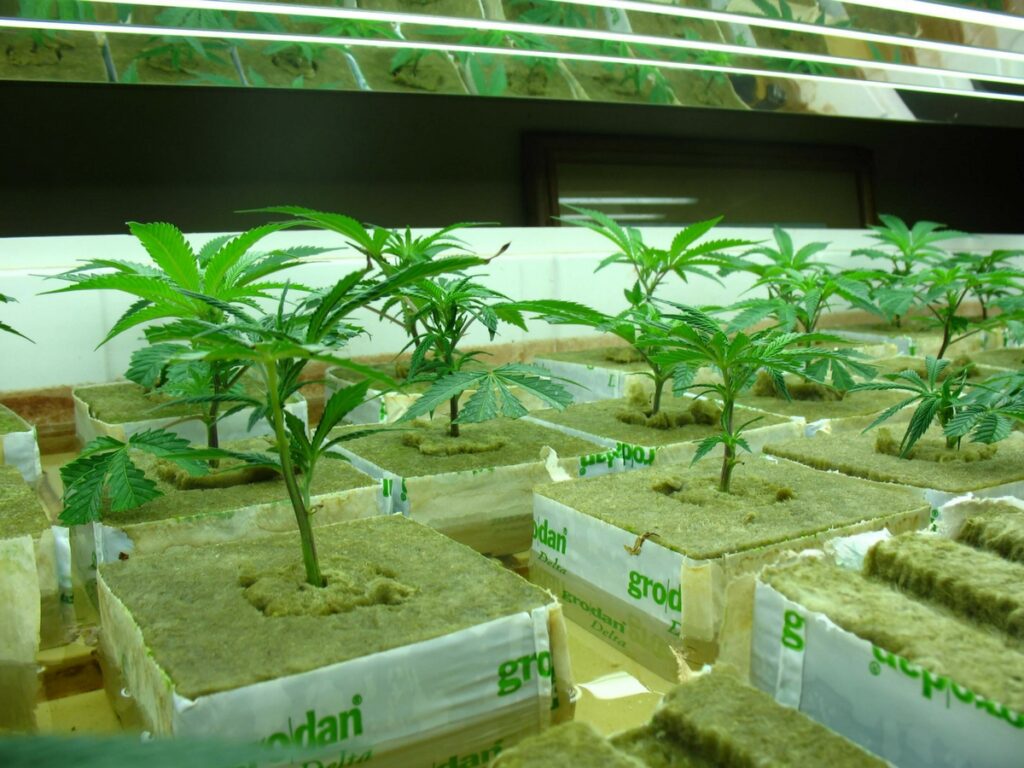
Using high-pressure gas lamps
High-pressure gas lamps may only be used in the fitting meant for that particular lamp type. High-pressure gas lamps all have their own start-up conditions, voltages, characteristics, and shapes. Using lamps with improper sockets can cause electrical shorts! Therefore, it’s recommended that you buy all the parts of a pressurized gas lamp from the same dis- tributor. The sockets, ballasts, and connectors must always be protected from humidity; otherwise, electrical shorts occur. As stated earlier, high-pressure gas lamps have a long life span. You must be careful when replacing these lamps. They are, as the name implies, under pressure, and they explode when you destroy them. When you do that yourself, you must always wear gloves and safety glasses. In addition, you have to protect yourself against the poisonous materials found in these kinds of lamps. The heat given off by high-pressure gas lamps, and their accompanying starter ballasts, must be completely ventilated. This means that the lamps shouldn’t hang too close to the plants (hence drying and burning occurs), but also not too close to (flammable) ceilings and walls. Place a piece of non-flammable material (not asbestos!) between the lamp and ceiling or wall. Furthermore it’s necessary to discharge of excess heat by using a ventilator. Finally, it’s important to keep high-pressure gas lamps clean. Dirty lamps provide much less light yield than clean ones. The lamps should be polished now and then with some glass- cleaning agent. That should be done only when the lamps are turned off, and well-cooled.
Be especially careful with water. Lamps which are still hot, or even warm, can explode when touched, and that’s not funny Also, take care never to touch these types of lamps with your fingers. Just like halogen lamps, bodily acids can burn through, causing the lamp to fly to pieces.

